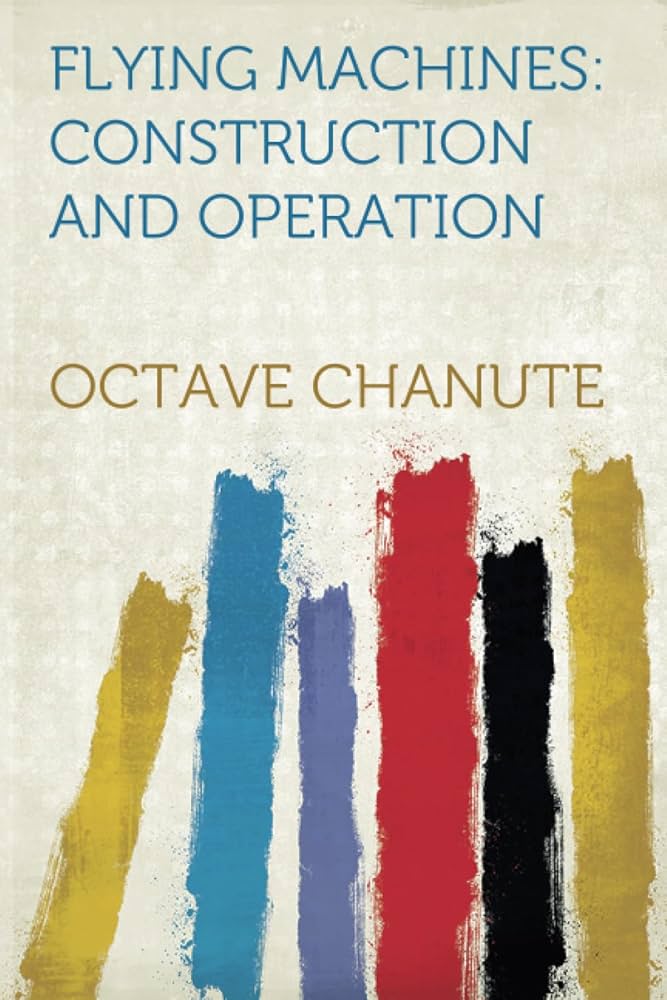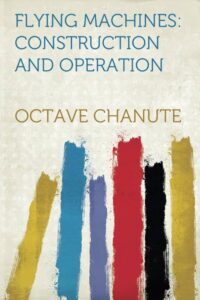Chapter XVI — Flying Machines Construction And Operation
byChapter XVI — Flying Machines Construction And Operation offers a detailed view into the transformative period of aeronautics where engineering refinement and rivalry accelerated progress. Rather than resting on their initial success, inventors, particularly the Wright Brothers, pursued better flight control, improved aerodynamics, and greater mechanical efficiency. As global interest in aviation surged, these pioneers were driven not only by ambition but by the need to remain ahead in an increasingly crowded field.
Between 1908 and 1909, the Wright Brothers made meaningful adjustments to their aircraft design to address both performance and structural concerns. The 1908 model had a large surface area and delivered commendable lift using a 25-horsepower motor. However, the Wrights recognized the need for increased speed, prompting design changes that included a smaller frame and stronger materials. In 1909, a more compact yet aerodynamically superior version was introduced. This updated model maintained the ability to carry a passenger while reducing frontal resistance and improving speed by more than three miles per hour. Propeller efficiency was enhanced by refining the blade pitch and using lighter engine components.
With speed came the challenge of maintaining stability, especially in lateral motion, a task that the Wrights met through training and mechanical innovation. Though the revised plane was lighter and sleeker, it demanded exceptional control from the pilot, especially during turns or in wind gusts. The aerocurve was narrowed for better airflow, and the aircraft’s frame was strengthened using improved alloys and reinforced struts. These changes allowed for a more agile flight profile without compromising safety. The propeller’s improved thrust also meant better responsiveness during takeoff and in-flight adjustments. As such, flying became more than just a mechanical process—it evolved into a coordinated interaction between pilot and machine.
In response to growing international interest, particularly in Europe, the Wrights incorporated wheeled landing gear into their design. This change allowed for smoother takeoffs and landings, especially on uneven terrain, eliminating the reliance on external launch systems. German buyers, in particular, welcomed the innovation as it reduced the learning curve for novice pilots. Pilots no longer needed starting derricks, which had been a cumbersome requirement in earlier models. This accessibility played a role in expanding aviation’s appeal beyond expert aviators. With wheels, the aircraft gained practicality, allowing more frequent and less constrained operations.
Despite these innovations, the Wrights faced rising competition from other aviation leaders. Curtiss, Voisin, and Bleriot each offered distinct advantages through different design philosophies. The Bleriot monoplane, for instance, stunned the world with its record-setting Channel crossing, proving that lighter, faster aircraft could achieve practical, long-distance flights. Its performance in terms of lift and speed challenged the dominance of biplane configurations. Curtiss, meanwhile, focused on maneuverability and power, pushing engine performance to new heights. Each of these competitors brought something different to the table, enriching the field with diverse approaches.
Patent issues, however, cast a shadow over the otherwise bright horizon of flight innovation. The Wright Brothers held essential patents that affected core elements of aircraft control, especially regarding lateral movement through wing-warping or equivalents. As these legal disputes unfolded, some feared they could stall collaborative progress in aviation. Nonetheless, development continued as other inventors sought ways around the patents or pursued alternative technologies altogether. The ongoing rivalry ensured that no single group could monopolize innovation. By spurring each other forward, these pioneers created an environment where progress was both competitive and cumulative.
As aviation matured, it began to reflect broader themes of industrial evolution—adaptation, international influence, and the balance between innovation and intellectual property. The Wrights’ early leadership gave them the credibility and leverage to shape aviation’s foundation, but their rivals pushed them to stay sharp. What emerged from this pressure was not just better aircraft but a more globalized aviation industry. Each new machine carried not only mechanical improvements but also insights into safety, usability, and user training. These lessons would shape the next wave of designs and pilot standards across nations.
Public fascination with flight was also rising, further fueling the pace of experimentation. Crowds gathered to witness airshows, while newspapers reported on each successful flight and mechanical tweak. The sight of a machine lifting into the sky became both a technical feat and a cultural symbol. With every demonstration, trust in flight grew, and so did public and commercial investment. It was no longer a question of whether flying machines would become mainstream, but how soon and in what form. These early chapters in aeronautical development laid the foundation for modern air travel, where precision engineering meets everyday utility.


